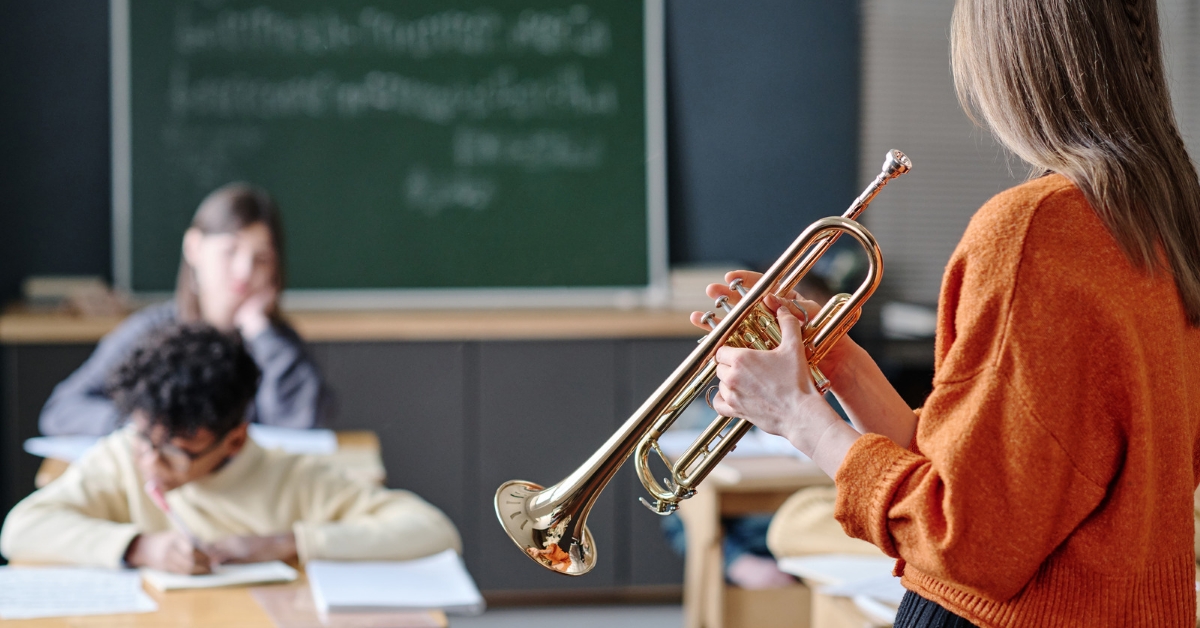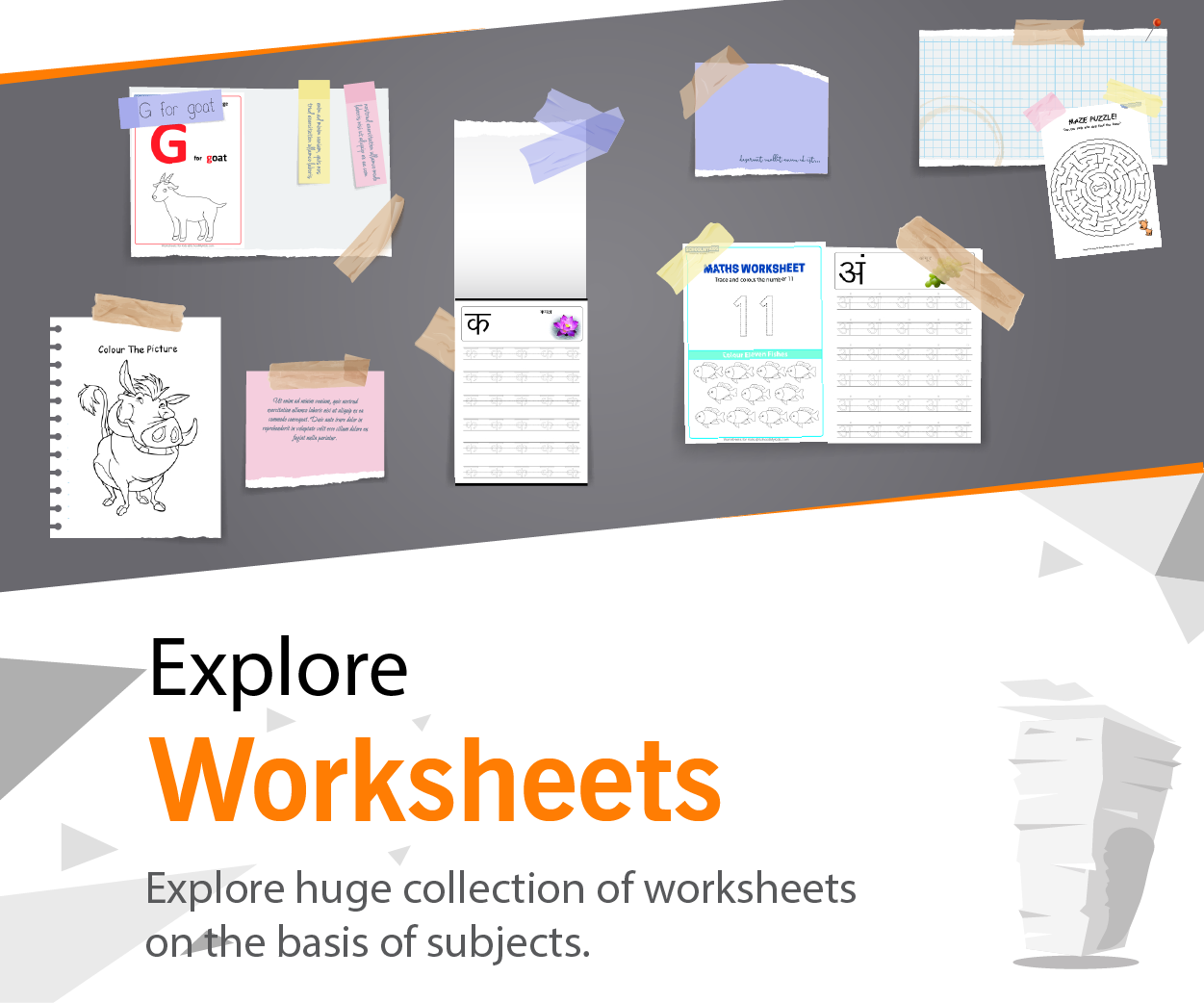Music is a universal language that resonates with the soul. It’s an influential tool that can change a classroom from a mere learning space into a vibrant, nurturing environment. When seamlessly integrated into daily routines, music is believed to foster creativity, emotional intelligence, and a love for learning. Let’s explore how to weave the magic of music into the fabric of your classroom.
Music in Daily Life: A Harmonious Beginning
Before we discuss practical strategies, it’s essential to understand the profound impact of music on human cognition and well-being. Music stimulates the brain, enhancing memory, focus, and problem-solving skills. It evokes emotions, fostering empathy and emotional regulation. When music is part of daily life, it creates a positive and uplifting atmosphere, making learning enjoyable and effective.
Creating a Harmonious Classroom
In the classroom, the therapeutic quality of music can be harnessed to create a nurturing learning environment.
- Morning Melodies: Start the day on a cheerful note with a short, upbeat song or instrumental piece. It can be a great way to shake off sleepiness and create positive energy.
- Transitional Tunes: Music can be a gentle guide during transitions. For instance, a calming melody can signal the end of playtime, while a rhythmic tune can prepare students for physical activity.
- Subject-Related Songs: Incorporate music into different subjects. For example, create a catchy tune to remember historical dates or scientific formulas.
- Movement and Music: Physical activity combined with music can stimulate energy levels and enhance coordination. Dance breaks or rhythm activities can be incorporated throughout the day.
- Mindful Music: Calm and soothing music creates a serene atmosphere for relaxation and mindfulness practices. It helps students manage stress and improve focus.
Tips for Successful Music Integration
- Choose music carefully: Select music that aligns with the classroom atmosphere and the age of your students.
- Involve students: Encourage students to share their favorite songs and create their own music.
- Be flexible: Adapt your music choices and activities based on the student’s needs and interests.
- Collaborate: Work with a music teacher or specialist for additional support and ideas.
Avoiding Common Pitfalls
- Overuse: Excessive noise can be disruptive. Ensure the music volume is appropriate and doesn’t interfere with learning.
- Lack of purpose: Music should have a clear objective in the classroom. Avoid using it as mere background noise.
- Ignoring diversity: Respect students’ cultural backgrounds by incorporating music from various genres and cultures.
Music in Daily Life: A Lasting Impact
By incorporating music into your daily classroom routines, you’re not just teaching academics; you’re nurturing the whole child. You’re creating a space where learning is joyful, where emotions are valued, and where creativity flourishes.
Conclusion
Remember, the goal is not to develop professional musicians but to cultivate a lifelong appreciation for music and its power to enrich lives. So, let the music play! Let it fill your classroom with joy, inspiration, and a sense of community. Let it be a bridge between minds and hearts, fostering a love for learning that will last a lifetime.







